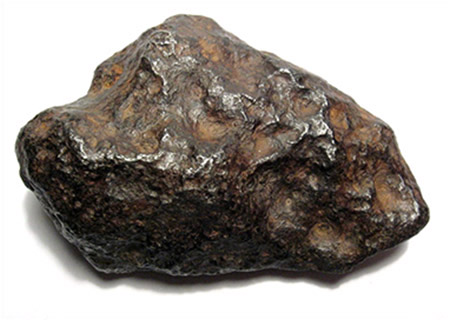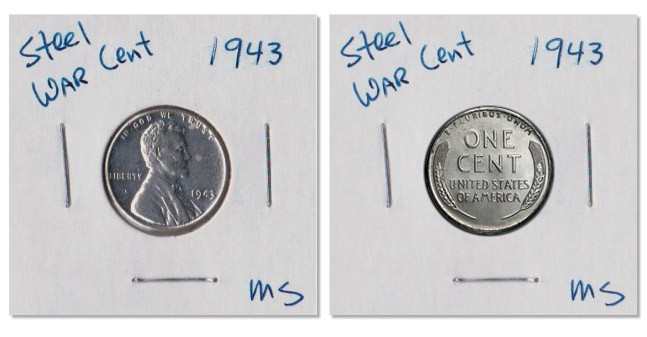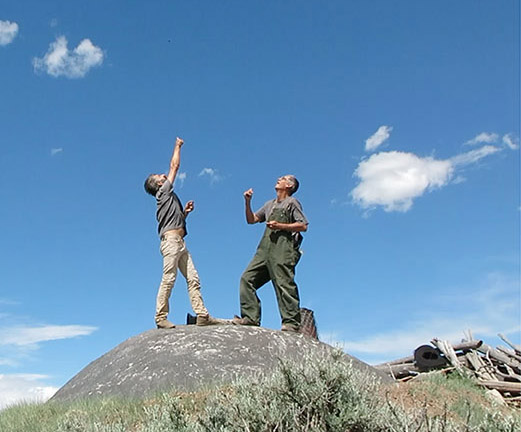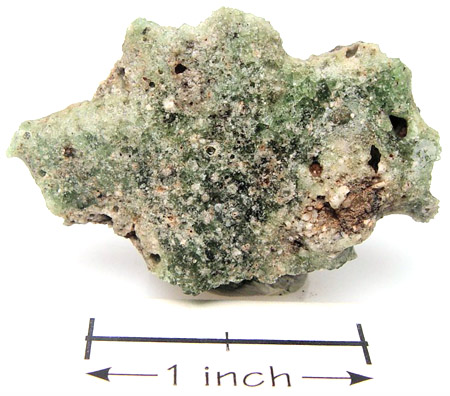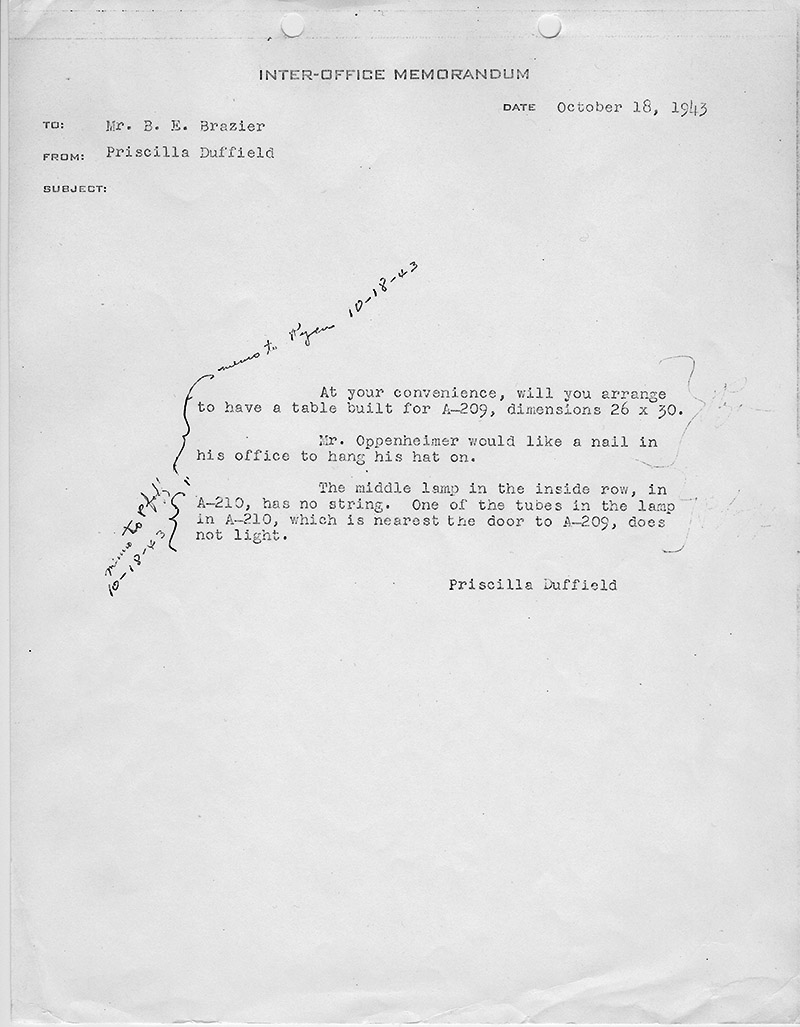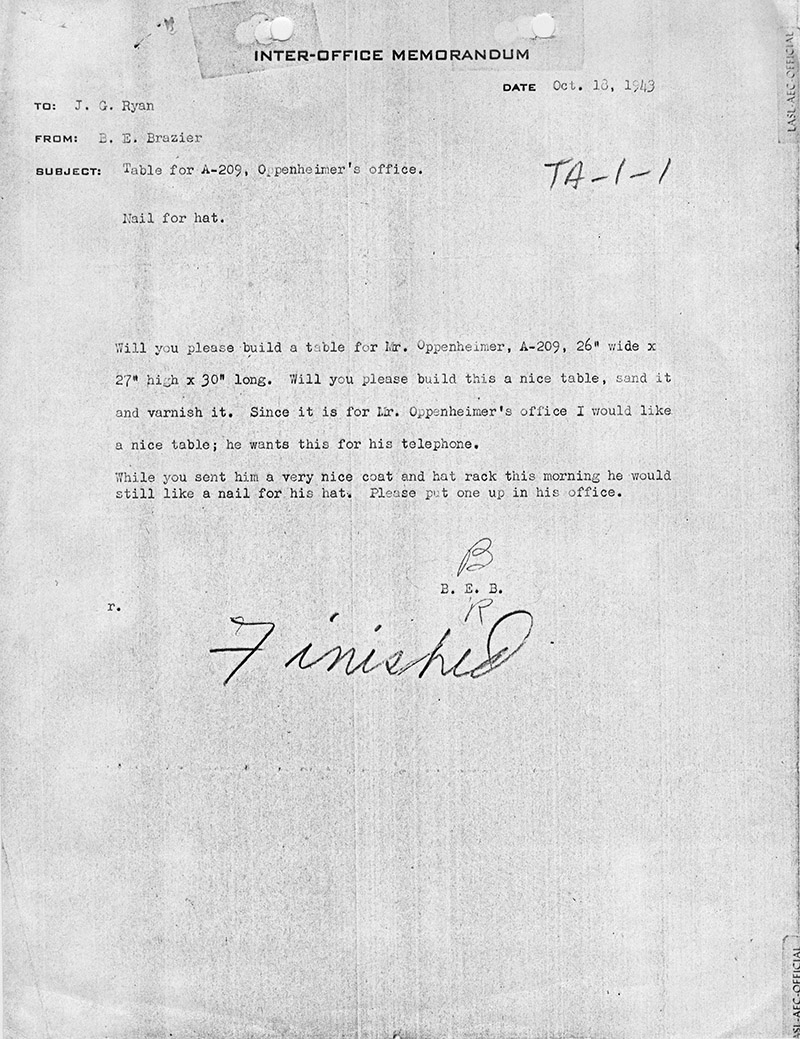of a
Nail
From Meteorite to Trinite: (1) Using fire and force, a nail was forged using a meteorite (2) Through a process of casting 1943 steel pennies a second nail was formed. These pennies also known as “war pennies” were made of zinc- (3) A third nail was born by re-fusing Trinitite, a glassy residue was
|
(1) |
(2) |
(3) RE-FUSE 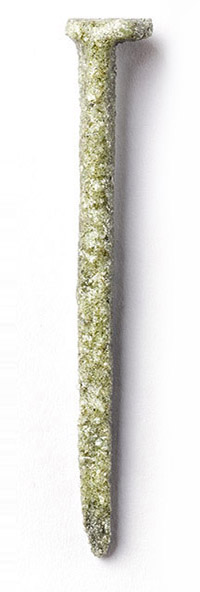 |


